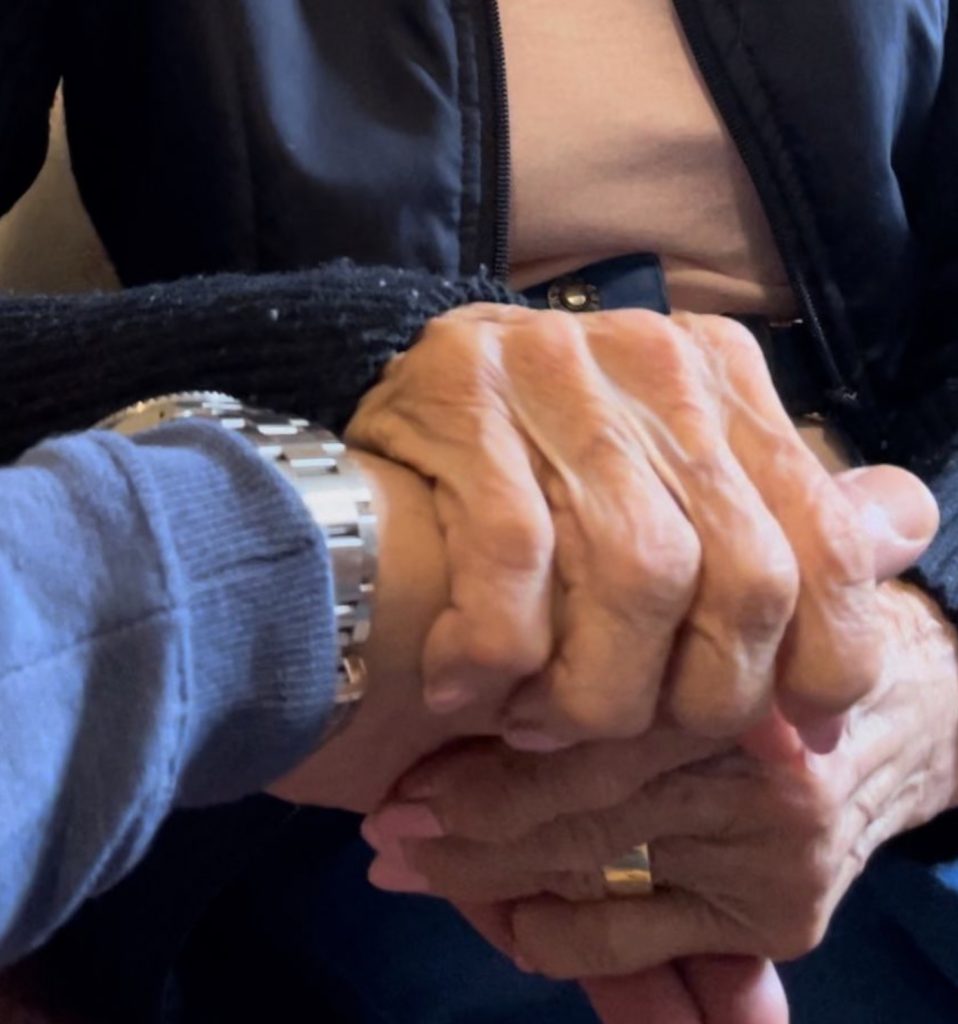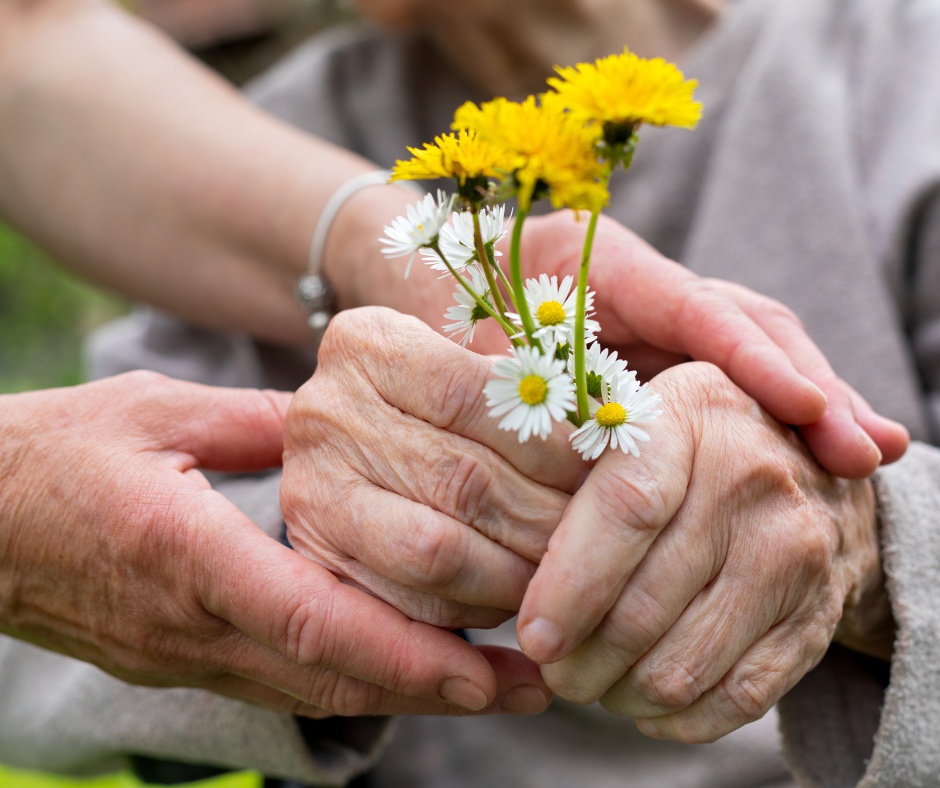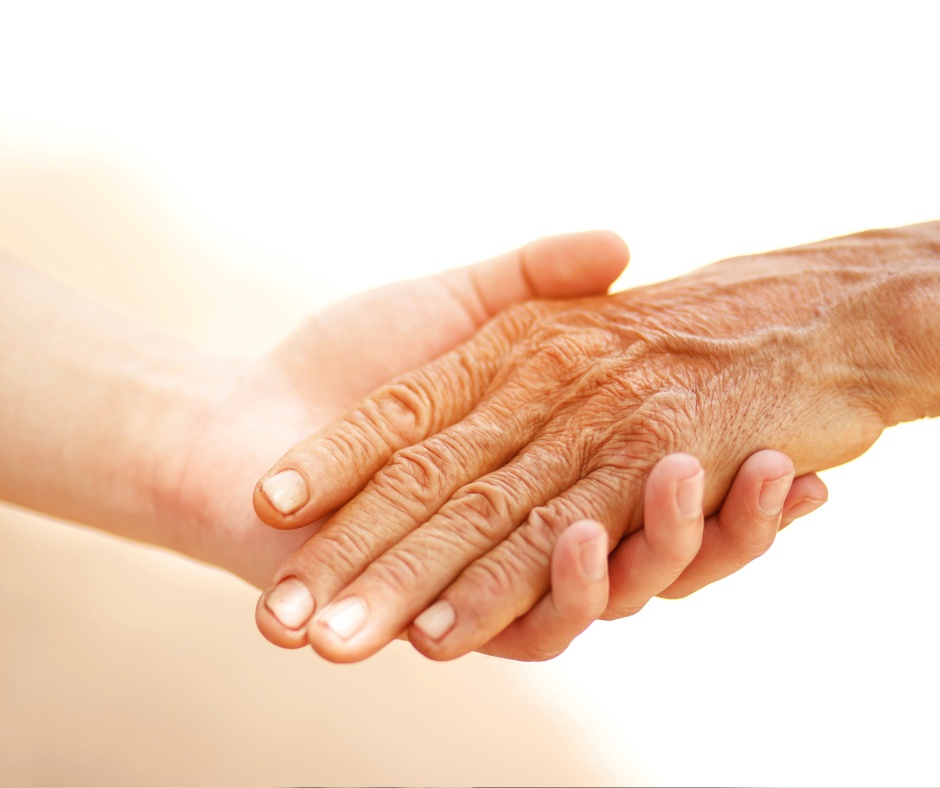When was the last time someone truly touched you, not in a performative way, but with presence? Not the polite brush of a handshake or the fleeting pat of social convention, but real, meaningful contact. The kind of authentic touch that says: “I see you. You’re safe here.”
In a society obsessed with virtual connection, we’re becoming tactilely starved. For all our talk about mindfulness, self-care, and mental health, we’ve forgotten one of the simplest, most ancient medicines: human touch.
Touch: The Forgotten Language of Connection
Before speech, before sight, before understanding — there was touch. It is our first language and, for many, the one we most neglect as adults.
Under your skin lies a hidden network of nerve fibres called C-tactile afferents, evolved specifically to register gentle, affectionate contact. They don’t signal pain or pressure — they translate tenderness into emotion. When activated through a soft stroke, an embrace, or a reassuring pat, these fibres trigger the release of oxytocin, the “bonding hormone.”
In turn, oxytocin lowers the stress hormone cortisol, reduces heart rate, and activates the brain regions tied to pleasure, empathy, and safety. Touch literally tells your nervous system: you’re home.

Touch and Pain: Rewriting the Body’s Alarm System
One of the most remarkable and underrated effects of touch is its ability to modulate pain.
Pain is not just a signal from the body; it’s an experience shaped by emotion, attention, and context. When we are touched gently or comfortingly, especially by someone we trust, the brain interprets that input as safety, dampening pain signals in several ways:
- Gate Control Theory (Melzack & Wall, 1965): Gentle touch activates fast-conducting sensory fibres that “close the gate” to slower pain signals in the spinal cord, reducing the intensity of perceived pain.
- Oxytocin and Endorphins: Touch increases both hormones, which act as natural painkillers and mood stabilisers.
- fMRI Studies: Research shows that when people hold a loved one’s hand during pain, the brain’s pain-related regions, such as the anterior cingulate cortex, show reduced activity. In some studies, synchronised heart rates and breathing patterns even emerge between the two people!
- Therapeutic Touch: Repeated tactile therapy decreases muscle tension, reduces inflammatory markers, and improves chronic pain conditions such as fibromyalgia and arthritis.
In essence, touch doesn’t just comfort — it reprograms the body’s perception of pain and suffering. It tells the nervous system that not all sensations are threats, and that pain, like fear, can be softened through connection.
The Epidemic of Touch Deprivation
And yet, we live in an era where real contact is vanishing. Remote work, social media, vacuous sexual encounters and post-pandemic caution have created a culture of touch deprivation, and the mind and body are paying the price.
Studies from the University of Miami’s Touch Research Institute show that people deprived of physical affection have higher cortisol levels, poorer emotional regulation, and weaker immune systems. The absence of touch keeps the body’s alarm system switched on, feeding anxiety and fatigue.
We are wired for connection; without it, our biology begins to fray.
Touch and Emotional Regulation
Touch is the body’s primal form of communication and the most direct way to calm emotional storms. When you are touched affectionately, oxytocin rises, cortisol drops, and the parasympathetic nervous system, the body’s “rest and digest” mode, takes over.
This is why a simple hug can dissolve tension faster than a dozen breathing exercises. Touch bypasses words and speaks straight to the limbic system, the emotional brain.
Functional MRI studies reveal that touch activates the insula and anterior cingulate cortex, regions that process empathy and emotional awareness. In essence, touch allows us to feel with one another; to share emotional regulation on a deep, physiological level.
Relearning the Art of Contact
Touch must always be consensual, conscious, and compassionate. Used with awareness, it becomes medicine.
Start small:
- Hug a loved one for at least 10 seconds, long enough for oxytocin to do its work.
- Offer a comforting hand when words fall short.
- Hold your child, your partner, or your parent with presence instead of performance.
- And if you live alone, practice self-touch by placing a hand over your heart during meditation or breath-work. Even this can signal the nervous system to calm.
In every case, it’s not the quantity of touch that matters, but the quality of intention behind it.
From Skin to Soul
Psychology in Ancient Greek translates directly as the “Study of the Soul.” Mystics have long spoken of Divine Love as a touch upon the heart, the seat of the soul, unseen but unmistakable.
Modern neuroscience echoes that poetry in its own language: touch bridges the physical and the psychological, the skin and the soul.
In the martial arts, I’ve seen fighters who were savages in the gym but couldn’t face emotional vulnerability. In the clinical setting, I’ve seen caring hands bring calm and relief where medicine failed. Touch doesn’t just soothe; it restores belonging.
So when life feels cold or disjointed, don’t just retreat into solitude. Reach out to a friend, a loved one, or even yourself. Let touch remind you that, beneath all our intellect and armour, connection is still the oldest, truest language we speak.



